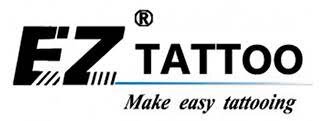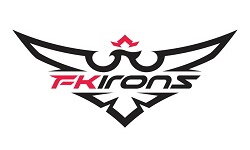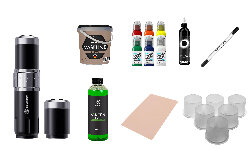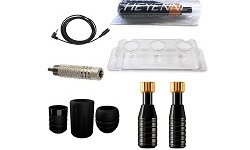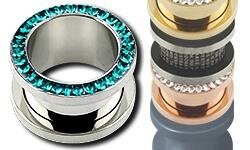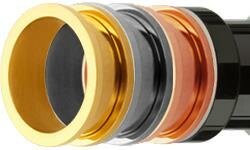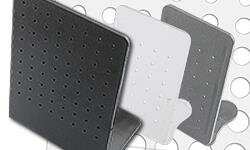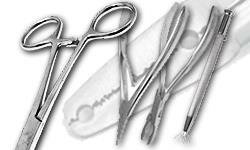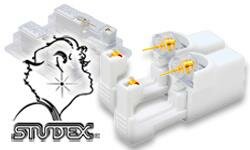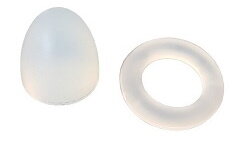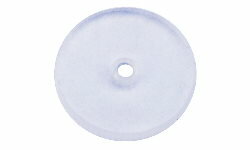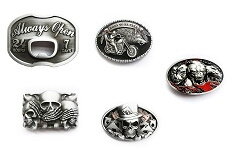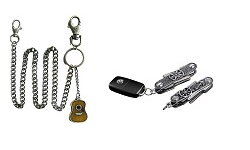Tattoos on Neck & Head
Tattooing the Neck and Head – Challenges, Techniques & Pro Tips – The neck and head are among the most delicate areas to tattoo. The skin is thin, highly vascularized, and very mobile. At the same time, the result is permanently visible – making experience, technique, and planning all the more important. This episode shows you what to look out for when tattooing the neck and head.
Anatomical Characteristics of the Neck and Head
Before you pick up the needle, you should be familiar with the structure of the neck and head. Both zones are characterized by:
- Thin, often movable skin
- Little fat tissue – the skin lies directly on tendons, muscles, or bones
- Many sensitive nerve endings and blood vessels
- High mobility, e.g. when turning the head
- Different skin tensions (e.g. on the larynx vs. the neck)
These factors make careful planning and preparation essential. Mistakes in these areas are hard to correct.
Design Planning for Neck and Head Tattoos
Especially for such exposed areas, the choice of design is crucial. It must be both aesthetically and functionally suitable.
Special Design Considerations:
- Pay attention to symmetry: The neck is often the frontal center – balance is key.
- Account for movement: Designs must look good even when the head moves.
- Adjust font size: Small text on mobile skin can become illegible.
- Flow into face or chest: Consider transitions for potential future extensions.
Technical Tips for Tattooing the Neck and Head
The technical execution is particularly challenging in these areas. Both needle selection and machine handling should be adjusted accordingly.
- Needle choice: Fine round liners for details, shaders with soft guidance for larger areas
- Machine settings: Soft hit, reduced speed for more control
- Needle depth: Work very precisely, as skin thickness varies significantly
- Skin tension: Skin must be tightly stretched – a second person may be helpful
- Lighting: Ensure optimal lighting to avoid shadows
Pain Management and Client Preparation
Neck and head tattoos are among the most painful. Many clients underestimate this.
Preparation:
- Inform clients about pain levels
- Possibly divide the session to prevent overwhelm
- No blood thinners, alcohol, or coffee beforehand
During the session:
- Take frequent breaks if needed
- Get regular feedback from the client
- Stay calm, even if the client moves or shakes
Aftercare and Healing Process
Due to the exposed location and movement, healing tattoos on the neck and head is often more complicated.
- Protect against friction (e.g. from clothing, collars, or pillows)
- Avoid direct sunlight or tanning beds
- Apply tattoo aftercare cream regularly
- No long showers or swimming in the first few days
Common Mistakes When Tattooing the Neck and Head
- Incorrect client positioning: The client must lie comfortably and securely
- Too high speed: The needle tears instead of properly depositing pigment
- Too deep needle insertion: Blowouts are especially visible on thin skin
- Ignoring anatomy in design: Distorted designs look unprofessional
Legal and Social Aspects
Neck and head tattoos are highly visible in society. Clients should be informed that these tattoos can have consequences in some professional fields (e.g. police, banking). Also, minimum age requirements and a particularly thorough consent process should be documented.
Tattooing the Neck & Head
Tattooing the neck and head requires experience, sensitivity, and technical finesse. If you’re working as a tattoo artist in these areas, you should continuously improve your skills, thoroughly inform your clients, and take the time needed for planning, execution, and aftercare. Those who prepare well will deliver results that impress and last.







 Black
Black White
White Grey
Grey Brown
Brown Red
Red Yellow
Yellow Pink
Pink Skin Tones
Skin Tones Orange
Orange Violet
Violet Green
Green Blue
Blue









